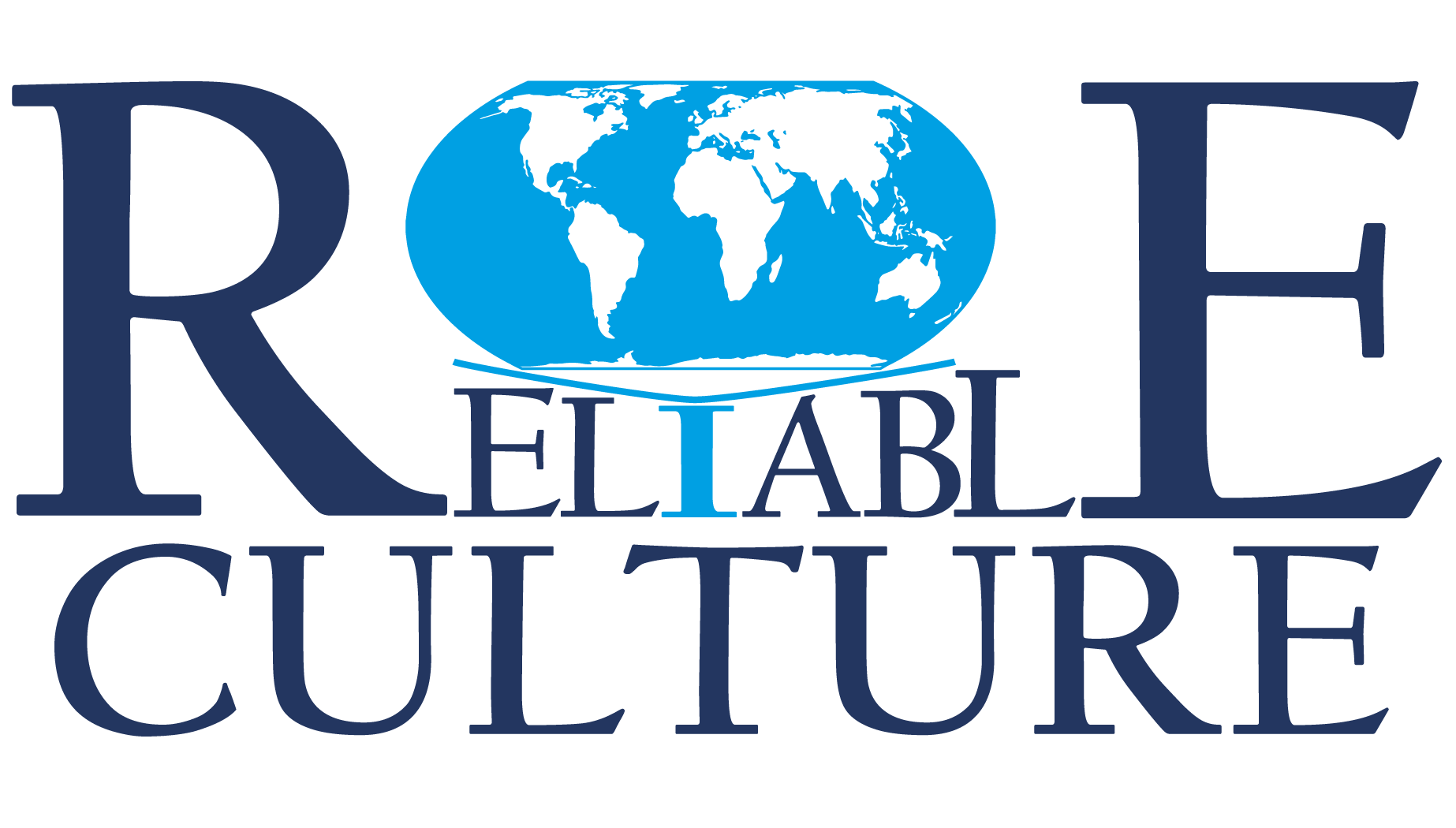
Can you recognize the object in this picture?

Most probably if you’re born before the ’90s you do, and it should bring back to you some sweet memories. Now, if you look only at the Brand’s name you understand how National Culture shapes the Brand, or more correctly, how one type of mentality allows the Brand and the Organization to Transform for everyone’s benefit. In some cultures Tradition is a great source of energy, and the business and the brand are like a river, while in others the businesses are like oases that come and go, sometimes not leaving anything behind.
Transforming is not easy, and the most difficult part is that it takes real courage (and vision) to drop off something dear to you that brought you so much success until the present moment, and start working towards an unknown and uncertain future. National Culture is stronger than we, as individuals, would like to admit, and unfortunately, it kicks in mostly when we are facing difficult dilemmas, be those personal or business dilemmas. National Culture is also the one responsible for our desires for control and for knowing exhaustively everything before taking the next decision regarding our business or the next step in our evolution.
The good news is that once you or the transformation agent understands how the paradigm of Organizational culture works practically (beyond bombastic slogans), the transformation process becomes controllable, transparent, and ALWAYS doable and affordable! If the transformation feels overwhelming, it is not done right! A practical transformation will not ask for measuring exhaustively all of the characteristics of your organization, it will not ask you to block your resources in endless training, and will not distract you from your business. A practical Transformation will determine concisely the current blockages in the way your people might be working with each other, how they might miss progressing towards your goals, and what to adjust pragmatically in order to overcome the external challenges your Organization might be facing now.
Some factors causing an organization to transform:
- new technology
- country’s legislation change
- change of CEOs
- climate change
- competition
- consumer
- a pandemic
- ..and others
All Organizations are in continuous Transformations, either consciously or unconsciously, but not all of them are transforming towards a positive outcome.
Coming back to the title: here is a picture of a Packard – one of the most luxurious cars of its time and below the biggest abandoned Automotive plant – Packard, in Detroit. Who knows how it would have looked like in the present, had they transformed at the right moment.



0 Comments